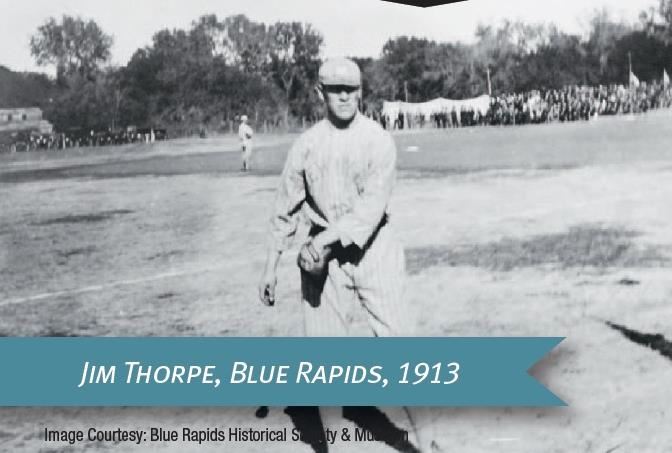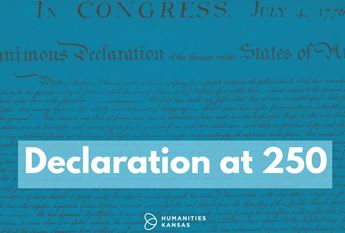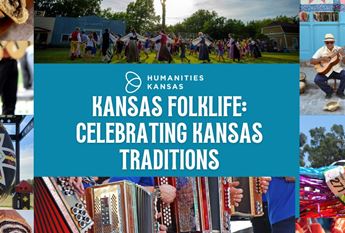

Big Teams in a Small Town
May 29, 2020
In 1913, when the general managers of the New York Giants and the Chicago White Sox decided to take their teams on a post-season world tour, they drew up a list of destinations that included exhibition games in the major metropolitan cities of Tokyo, Hong Kong, Sydney, Cairo, London and Paris, among others.
Also on the list? Blue Rapids, Kansas.
Located in the northeast corner of the state, Blue Rapids had a population of about 1,750—by far the smallest town included in the three-month tour. But what Blue Rapids lacked in size, it made up for in enthusiasm, according to Patricia Osborne, Blue Rapids Historical Society’s Hometown Teams Partner Site Project Director.
Each town selected for the tour had to put up a $1000 guarantee, and Blue Rapids so badly wanted to host a game that a group of 10 local businessmen each contributed $100 to lure the Giants and White Sox to town.
The gamble paid off for both players and town: On October 24, an estimated 3,000 to 5,000 spectators packed into Blue Rapids to witness greats like pitcher Christy Mathewson and Native American Olympic medalist Jim Thorpe play ball as the White Sox defeated the Giants 8-5.
James E. Elfers, author of The Tour to End All Tours: The Story of Major League Baseball’s 1913-1914 World Tour, devotes several pages to the game in Blue Rapids.
“Blue Rapids made more of an impact on the tourists than did any other city on the tour,” Elfers writes.
In fact, the athletes were so wowed by the turnout and enthusiasm of the town that even the usually shy Mathewson decided to show off a bit: Before the game, he had locals set up a plank (said to have been six feet long and a quarter-inch thick), then he split it with a fastball from 40 paces out.
This blog post was part of a series of sports history essays written for the Hometown Teams Smithsonian Institution traveling exhibition in 2015.



